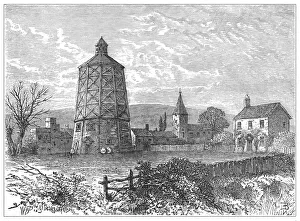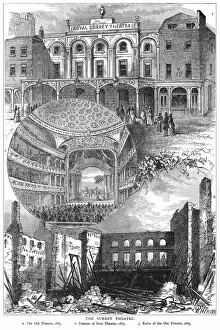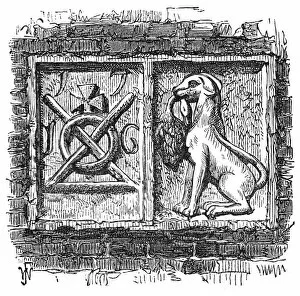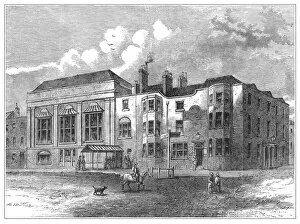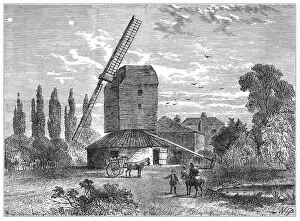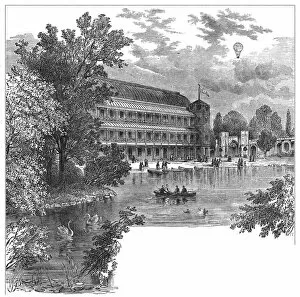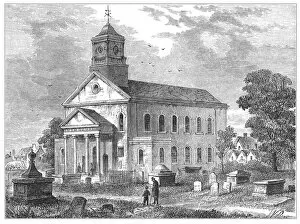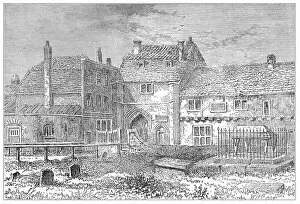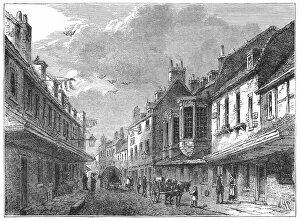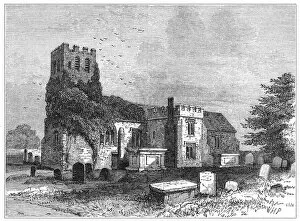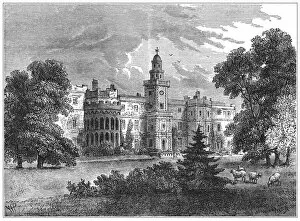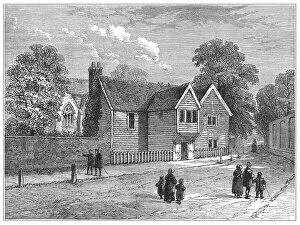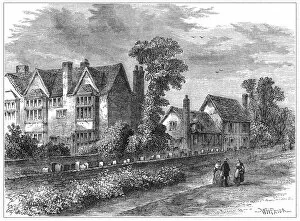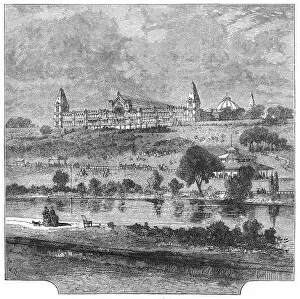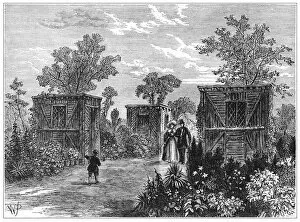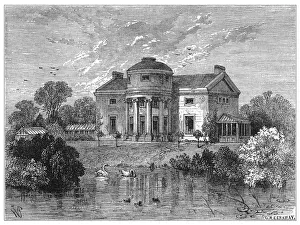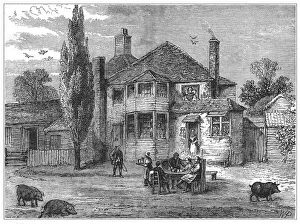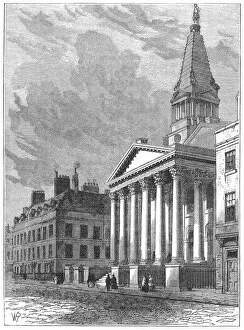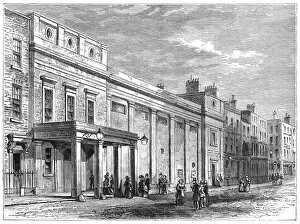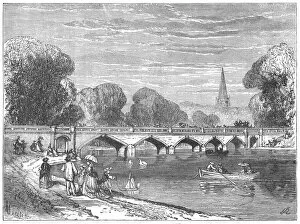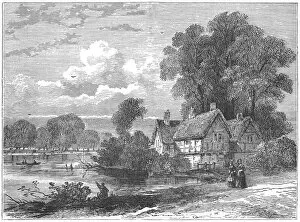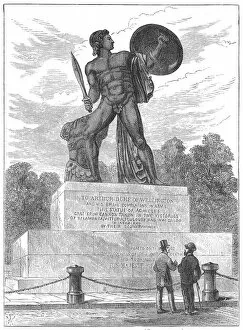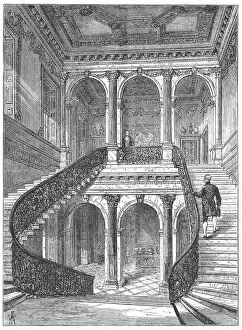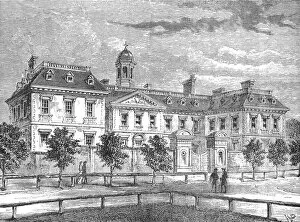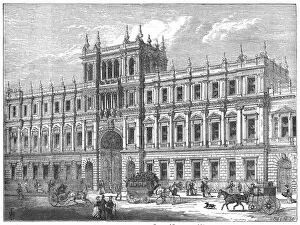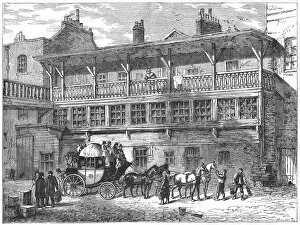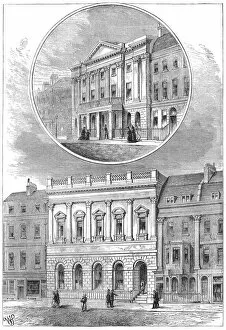It Collection (page 2)
"It" is a captivating enigma that transcends boundaries and surprises us at every turn
All Professionally Made to Order for Quick Shipping
"It" is a captivating enigma that transcends boundaries and surprises us at every turn. From the glamorous world of advertising to the sophistication of a Martini Vermouth, "it" leaves an indelible mark on our senses. Just like a Methodist Book-Plate tucked away in the pages of history, "it" whispers stories of faith and devotion. In the heart of St Dunstans, Stepney, "it" stands tall as a symbol of resilience and strength. And just like the fearless racers at Norton Isle of Man TT, "it" pushes boundaries and challenges limits with unwavering determination. Through St Johns Gate Clerkenwell, "it" invites us into its secrets - secrets shared by Pepys during his Kits Cotty visit. As we delve deeper into its mysteries, we uncover timeless wisdom hidden within popular proverbs. But amidst all this intrigue, there are moments that warm our hearts – like the Christmas 1914 Football Match Statues in Messines-Mesen. Here, even amidst turmoil and conflict, "it" reminds us that humanity's spirthey are triumph over adversity. From soaring heights in Hiller YH-32 Hornet 55-4963 to panoramic views in Monreale's Palermo or Chateau de Chillon nestled among Swiss Alps; "it" takes us on breathtaking journeys across lands unknown. And then there are poignant reminders etched forever – like Max Seller's headstone honoring a German Jewish soldier in Belgium. Through this solemn tribute, " it” compels us to reflect upon the sacrifices made for peace and unity. "It", whatever it may be for you – an idea yet unexplored or an adventure waiting to unfold – holds infinite possibilities. So embrace “it”, cherish “it”, for within lies endless wonderment waiting to be discovered.

